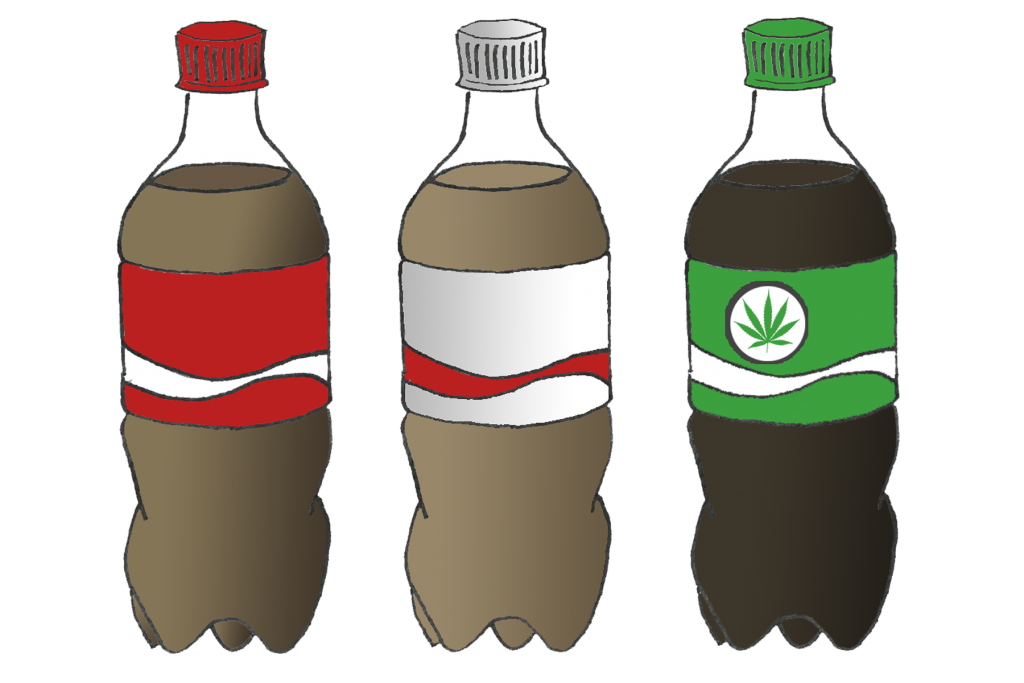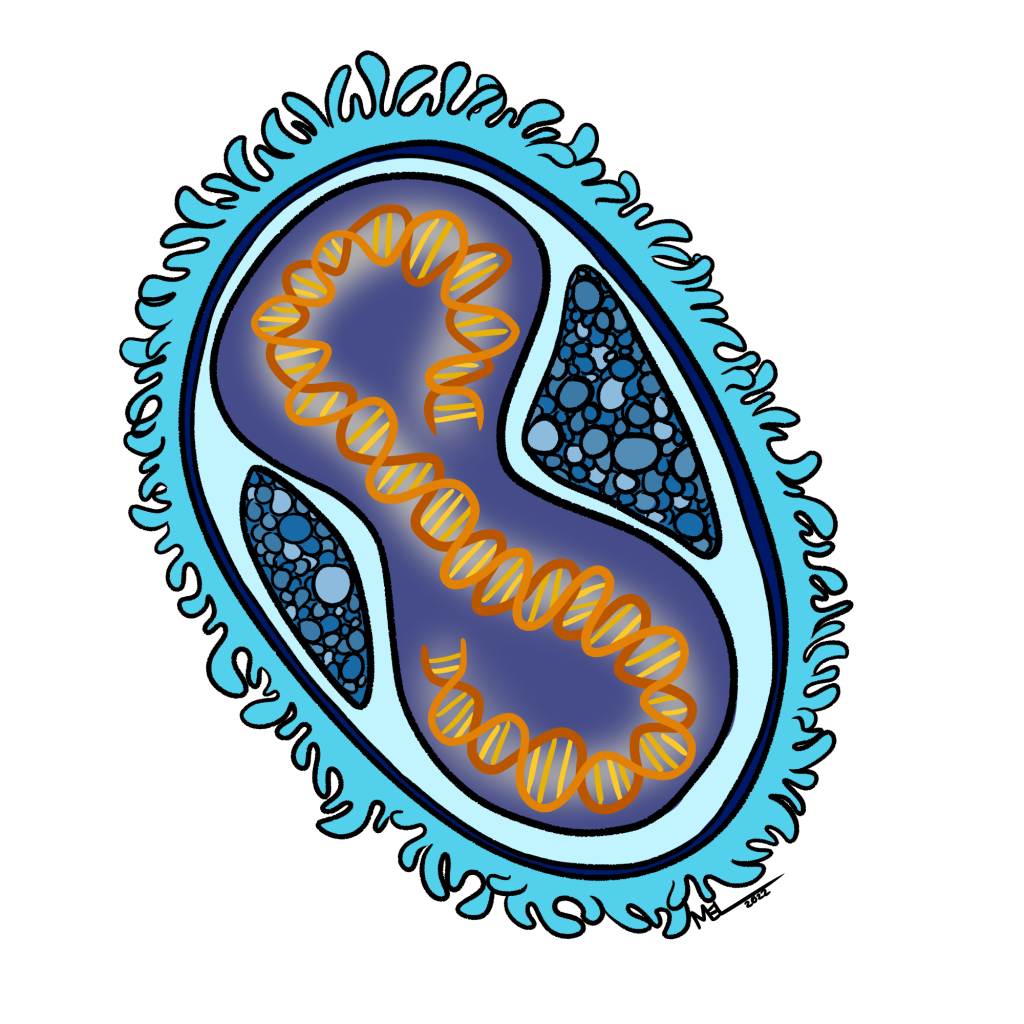Virginia Wesleyan has begun its spring semester with a majority of its students living on campus. Accordingly, they are required to follow the policies implemented by Virginia Wesleyan University. These include pre-arrival health monitoring, face coverings, physical distancing, general hygiene and additional mitigation measures to protect the health of the campus community. Each student living on-campus was required to take a COVID-19 test within 14 days of arriving on campus and report the result to the University before moving into their living space.
There have been 19 cumulative confirmed cases of COVID-19 as of Feb. 5. This count began on Jan. 1, as student athletes arrived on campus to begin practicing for their spring season. There was one case Jan. 1-7, one case Jan. 8-14, two cases Jan. 15-21, six cases Jan. 22-28 and nine cases Jan. 9-Feb. 4. It should also be noted that there were 33 total confirmed cases in the fall semester.
Associate Vice President for Campus Life and Operational Management Jason Seward recognizes that COVID-19 is still having a significant impact on everyone’s life. “The virus did not go away over the holiday break, so I knew we would come back in the spring and we would be managing it just as we were in the fall,” Seward said. “I hope that everyone operates the same exact way as they did in the fall, adhering to the regulations, face coverings and maintaining social distancing. I want everyone to be more vigilant and take it seriously.”
Executive Assistant to the Vice President for Campus Life and Coordinator of Student Health Management April Christman manages the communication regarding COVID-19 and routinely analyzes the results of the daily health screenings. She recommends that if an individual does not feel well, they should remain in place and complete the daily health screening. If they test positive for COVID-19, Christman stated, “We do require a diagnostic PCR test and for that result to be sent back in order for us to calculate the isolation and quarantine time period and to begin contact tracing.”
Seward stated that anyone who is able to go home, should do so to quarantine if they can for their own comfort purposes. “We have worked with several people who live really far away or have family members with compromised immune systems who prefer to remain on campus,” Seward said.
If an individual is contacted through the contact-tracing efforts, they will receive a phone call from the student health management team. If they do not answer, they will be sent an email and text message letting them know to call them back at their earliest convenience. “We will recommend for them to get a test as soon as possible and quarantine for 14 days,” Christman said. “They can resume normal activities when they have sent a negative test result to the student health management team, completed the required 14 days of quarantine, are asymptomatic and have not taken any medication that may mask symptoms.”
An example of close contact that both University administrators said to avoid is car rides. “Especially if someone in the car is not wearing a mask, not six feet apart, or in the vehicle for more than 15 minutes. That is a high risk space and I do not advise people to eat or drink in a car,” Christman said. “The student health management team has not had a situation from a classroom since the desks are already separated and people are wearing their masks.”
Freshman Brice Johnson, a pole vaulter on the men’s track team, tested positive for COVID-19 on Friday, Jan. 29, during routine testing with the rest of his team. He is required to quarantine and to stay in contact with the student health management team.
After he tested positive, he was asked if he could return home to quarantine, but that was infeasible since Johnson told the administration that he lives in Indiana, 13 hours away. They allowed him to remain on campus; so he gathered his belongings from his room and was taken to Old Hall to quarantine in a room that had its own microwave, mini fridge and bathroom. He also spoke with a member of the student health management team who asked him what he had done the past couple of days and if he was in any situations that could have made him increasingly susceptible to the virus.
Johnson’s least favorite part of this experience besides testing positive is the meal situation. Currently, students receive meals from Residence Life, including a hot dinner and a cold breakfast and lunch for the next day. “I think that needs a lot of work. They didn’t ask me if I had any allergies, which I don’t, but for other people, I think that’s pretty important,” Johnson said. “They didn’t ask me what foods I liked or how much food either. They brought me fish, which I hate, so I’m having a friend bring me some food.” Johnson is able to have friends drop off food at the security gate and then an employee drops it off at his door. He suggests that the University communicate with him better regarding his food preferences.
An email sent to the campus community on Feb. 5 stated, “It has become apparent that with many of our managed cases, individuals who must be placed in quarantine or isolation protocols are those who share meals together or travel in the same vehicle for sustained periods of time.” It concludes with asking members of the community to continue to follow the protocols to remain safe.
According to the Virginia Department of Health as of Feb. 9, Virginia has had over 530,000 total confirmed and probable cases of COVID-19, over 20,000 confirmed and probable hospitalizations, and nearly 7,000 confirmed and probable deaths. Regarding localities near VWU, Virginia Beach has had 28,090 cases of COVID-19 and Norfolk has had 13,623 cases as of Feb. 9.
Other universities in our region are facing this challenge as well. For example, Old Dominion University, which has 24,000 students, had 12 confirmed cases between Jan. 29 and Feb. 4. Norfolk State University, which has 5,000 students, has 28 positive COVID-19 cases as of Feb. 3. As of Feb. 9, Christopher Newport University, which also has 5,000 students, currently has 121 active student cases and five active employee cases. Also, William & Mary, which has 8,000 students, has 55 active cases as of Feb. 9.
Connor Merk
ccmerk@vwu.edu



